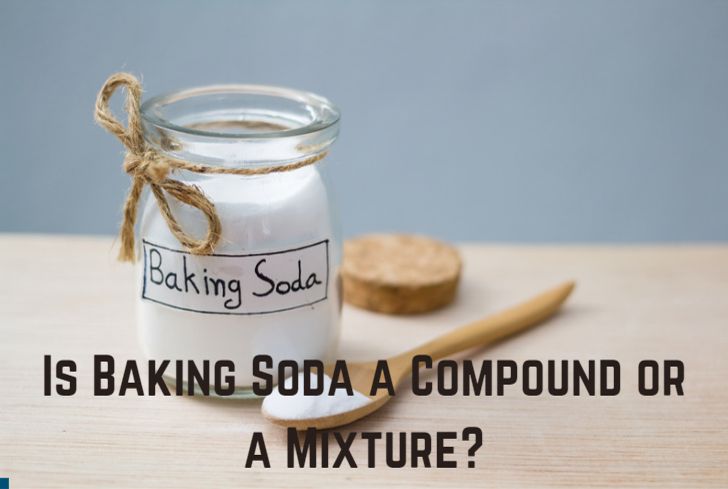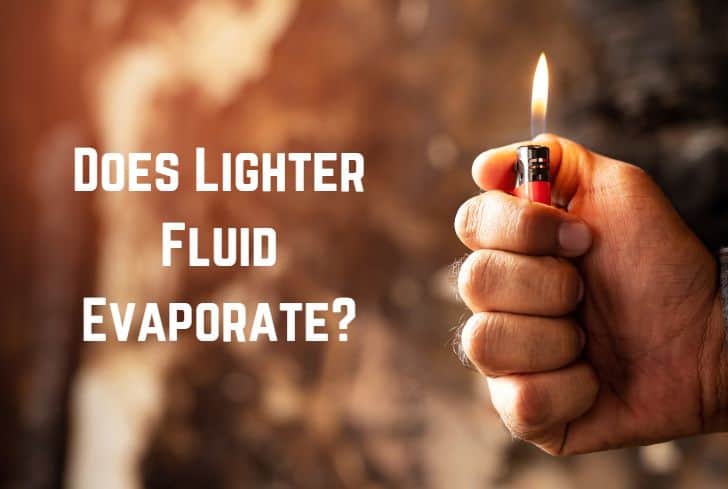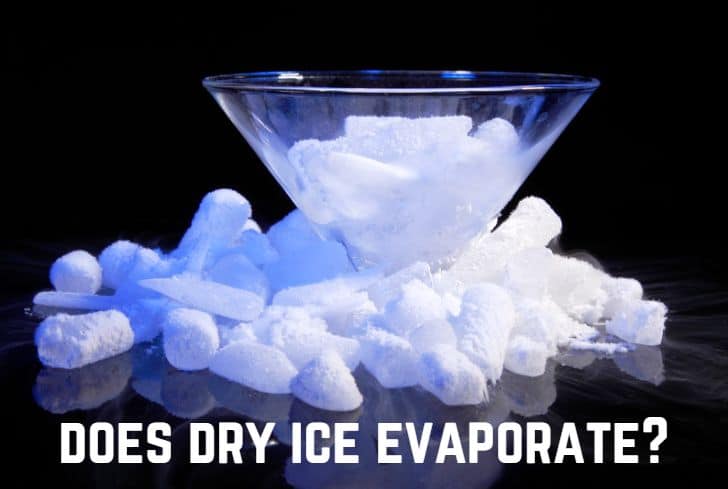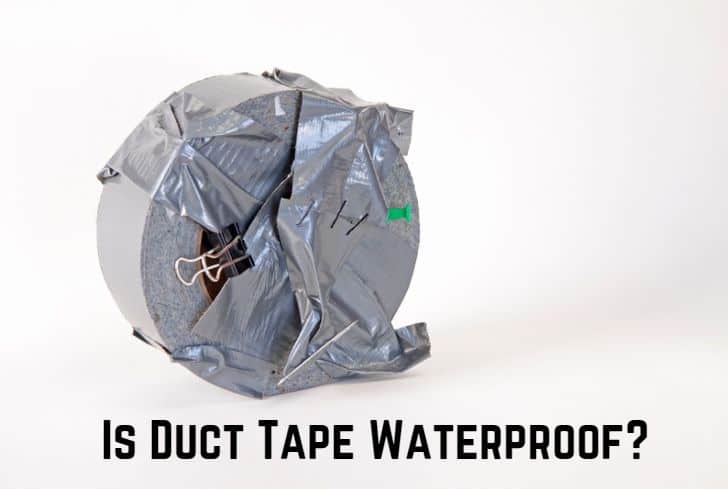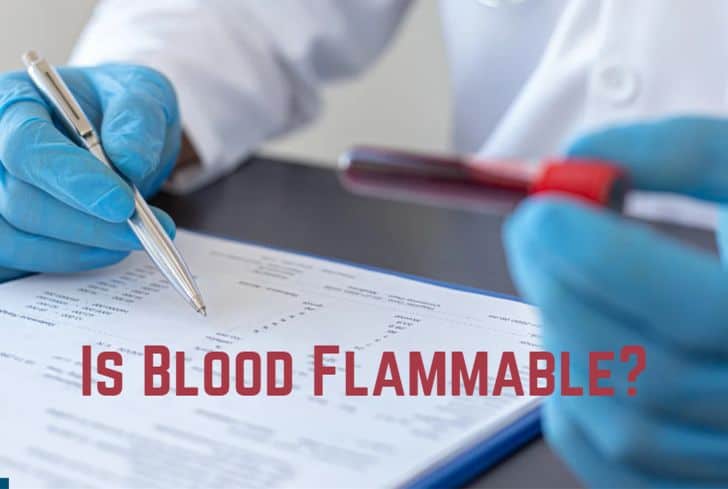Is Pyrite Magnetic? (No. It Isn’t)
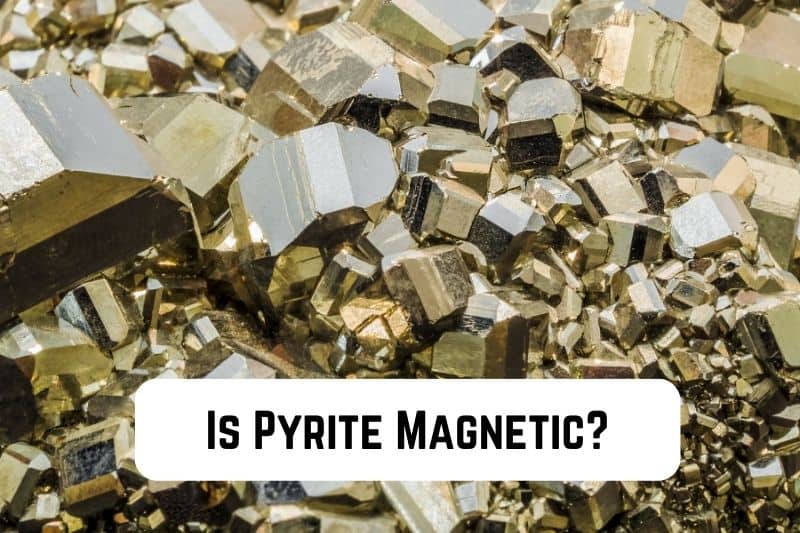
Did you know that “fools gold” is another name for pyrite? The color of pyrite is a brassy yellow that resembles gold. Many individuals might be unaware that pyrite frequently has real gold mixed in. However, the quantity and purity of genuine gold will vary. Is pyrite magnetic?
In this article, we answer that question. We shall also discuss why pyrite is non-magnetic if all pyrites, including iron and copper, are magnetic and if pyrite is toxic. Finally, we highlight the properties and uses of pyrite.
Read: Is a Penny Magnetic? (Answered)
Is Pyrite Magnetic or Non-magnetic?
Pyrite is non-magnetic because it displays a very weak response to magnetic fields. One atom of a pyrite compound comprises one atom of iron (Fe) and two of sulfur (S) and has the chemical formula FeS2. Pure iron is magnetic because its electrons spin in the same direction. The electrons of sulfur, however, spin in different directions countering the iron electrons, rendering pyrite non-magnetic.
When a material responds to an external magnetic field, it is said to be magnetic. Extremely weak to extremely strong reactions are both possible. We define pyrite as non-magnetic because of its weak response to an external magnetic field.
But why do we say that pyrite is non-magnetic yet contains iron? Well, not all iron-containing materials are magnetic by default. Pyrite is a compound, not a mixture, first and foremost. An element or elements combine to form a compound. A compound loses the properties of its elements. They are also chemically linked and can’t be separated.
On the other hand, a mixture is the physical merging of two elements that retain their properties while being easily separable. For example, a mixture of iron and sulfur particles does not produce pyrite, but a chemical fusion does.
Is Iron Pyrite Magnetic?
Iron pyrite (100% iron disulfide) is not magnetic. Though the combination of iron and sulfur produces iron pyrite, you would expect the presence of iron to make it magnetic. Iron pyrite becomes somewhat magnetic due to iron but not sufficiently to qualify as magnetic. Iron also loses its magnetic properties when exposed to an external magnetic field.
Iron pyrite has trace levels of cobalt, gold, nickel, and silver. Many think iron pyrite is magnetic because of these impurities. However, they have little impact on the iron pyrite’s magnetic properties because they are minimal.
Iron is common in the weathered older igneous or metamorphic rocks. It is released due to harsh weather over a long period of geological time, and soluble iron salts form. The presence of bacteria breaks down sulfate ions to sulfide, which then starts the process of creating pyrite. Iron sulfide develops as a result of the presence of iron.
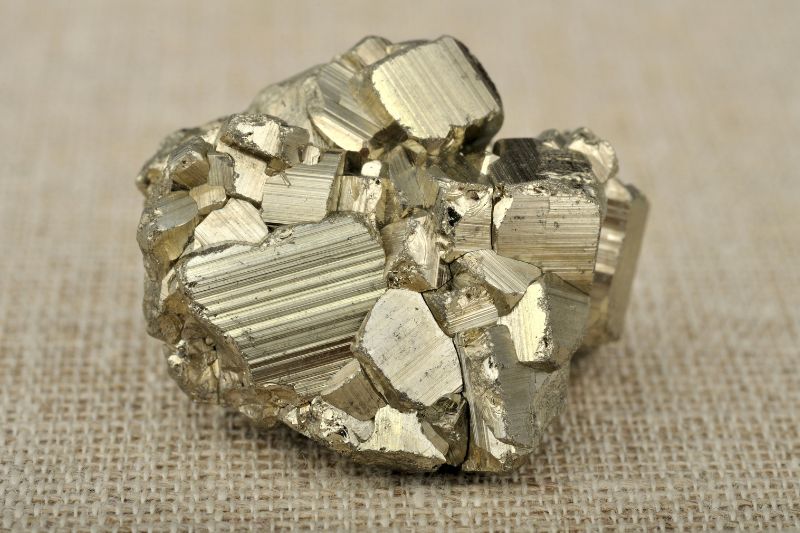
Are All Pyrite Magnetic?
Different types of pyrites lack magnetic properties despite containing iron. The mineral pyrite can exist in various crystal shapes and still possess different magnetic properties. These pyrites’ impurities have weak magnetic properties. However, earlier, we had mentioned that any material with a weak attraction to a magnetic field is classified as non-magnetic.
We look at the various non-magnetic pyrite types:
- Coal pyrite is commonly found in coal seams or beds (a banded or dark brown coal deposit visible inside rock layers). It forms in coal rather than in more typical rock formations. Coal pyrite is produced due to the reaction between organic matter and iron sulfide minerals when coals form.
- Fool’s gold: Although it is a mineral formed by the interaction of one iron atom and two sulfur atoms, it is readily mistaken for actual gold. It, therefore, lacks the same qualities and worth as gold.
- Copperas stone: Ferrous sulfate is another name for copperas stone. Used as a mordant in dyeing procedures, leather tanning, the production of gall iron ink, water treatment, fertilizer, traditional medicine, and alchemy. It is typically blue-green or pale green. Oxidation of iron pyrites is necessary for large scale production.
- Copper pyrite: Also known as copper sulfide iron (CuFeS2), exhibits no magnetic properties. Copper metal can be obtained from chalcopyrite, another of its common name, through extraction. Copper pyrite is an ornamental and collector’s stone due to its striking appearance and crystal formations.
Is Copper Pyrite Magnetic?
Copper pyrite is a non-magnetic material. It comprises copper, iron, and sulfur (CuFeS2). Despite having magnetic properties, iron fails to render copper pyrite magnetic. Copper pyrite is not magnetic due to its atomic arrangement or crystal structure. Copper is diamagnetic (weakly magnetic) because it lacks unpaired electrons. As a result, iron’s magnetic properties are easily canceled out.
Copper pyrite (chalcopyrite) has a brass-yellow color with a metallic luster. When exposed to the weather elements, it tarnishes to a dull grey-green color or changes from red to blue to purple in the presence of acids. Unlike iron pyrite, copper pyrite is scratchable with a sharp object. Due to its resemblance to gold, it is sometimes “fool’s gold.”
Is Pyrite Toxic?
Pyrite is toxic. Arsenic, in trace levels, is present in pyrite. Iron sulfide (rust), toxic sulfur dioxide gas, and corrosive sulfuric acid are produced when pyrite combines with water and oxygen. The chemical reaction causes oxidation or pyrite sickness resulting in materials crumbling and cracking. The corrosive acid and gas destroy pyrite storage containers and nearby materials.
Pyrite is safe to handle despite being toxic because it is neither soluble in water nor hydrochloric acid.
Sulfate, sulfide minerals, and organic sulfur are all transformed into sulfur dioxide gas when coal burns, contributing to air pollution and acid gas. Pyrites are to blame for the occupational lung illness that affects miners.
When sulfide minerals are exposed to oxidation after coal extraction, they form acid mine drainage. Groundwater and streams are contaminated by acid-mine-drainage.
Soils polluted with pyrite can cause damage the structure of your house. The backfill swells and causes the floor slabs to crack as it comes into contact with pyrite. The walls of the foundation will also damage. These cracks will let moisture into your house, encouraging mold formation and damage to your floor coverings.
Properties of Pyrite
Pyrite’s name derives from the Greek term “pyritēs lithos,” which means “stone which strikes fire,” in addition to being referred to as “fools gold” because of its similarity to gold’s appearance. The word “pyrite (fire)” was chosen because, when struck against metal or another hard substance, pyrite produces the sparks required to start a fire.
The properties of pyrite are shown in the table below.
| Physical properties | Chemical properties |
| -Warm yellow with metallic undertones that shine and dazzle. | -Has a specific gravity of around 5. |
| Pyrite has various shapes, including discoids, quartz crystals, and perfect cubes. | -When vigorously scraped with a hard substance, it releases a sulfurous odor. |
| -Greenish black to brownish black streak. | -Chemical composition of iron disulfide. |
| -It is not malleable and will resist pressure or break under it. | -The melting point of pyrite is 1958°F (1070°C), and the boiling point is 2642°F(1450°C) |
Note: Do you want to know how to differentiate between pyrite and actual gold? Pyrite turns black when exposed to a drop of nitric acid, whereas gold keeps its golden color. Use a pin to pierce them both. Unlike pyrite, which keeps its shape, gold is brittle and will bend or break. You might also use a pan, where gold will sink and pyrite will float.
Uses of Pyrite
It is the sulfide mineral that is the most common. Various geological solutions, such as oxides, metamorphic rocks, coal beds, replacement minerals in fossils, and sedimentary rocks, consist of pyrite in significant quantities.
The following uses of pyrite are highlighted:
- Making solar panel materials from abundant, low-cost sulfur by transforming pyrite into a magnetic material. More energy-efficient computer memory devices will be produced using the new magnetic material. Electrolyte gating accomplishes that. A non-magnetic pyrite substance is placed in a device with an ionic solution, which is then used to manipulate the material’s magnetic characteristics with minimal electrical current.
- Pyrite is a gemstone used in jewelry making after being shaped into beads and various forms. You can wear necklaces, bracelets, and rings made of pyrite gemstones.
- Gold ore: Both pyrite and gold are mineral forms that can be found in rocks under comparable conditions. Microscopic gold particles in pyrite crystals can be extracted using highly developed scientific equipment.
- Paper industry: Sulphur dioxide, used in the paper industry, is produced using pyrite. It removes excess chlorine during the bleaching process by washing the pulp.
- Sulfuric acid production for the chemical (sulphonation of organic compounds) and fertilizer (superphosphate and related fertilizers) industries.
- It is a well-known crystal in feng shui because it protects against negative energy promoting physical health. Pyrite is a fantastic abundance stone that promotes money, success, and prosperity.
Conclusion
Pyrite is not magnetic in any of its forms. It is not magnetic even though it contains the magnetic iron element. The primary explanation is that pyrite is a compound comprised of element(s) that lose their unique characteristics.
Pyrite is toxic even though it is safe to handle and is used to make jewelry. It contains traces of arsenic. Pyrite emits toxic sulfur dioxide gas, corrosive sulfuric acid, and iron sulfide (rust) when it comes into contact with water and oxygen.

